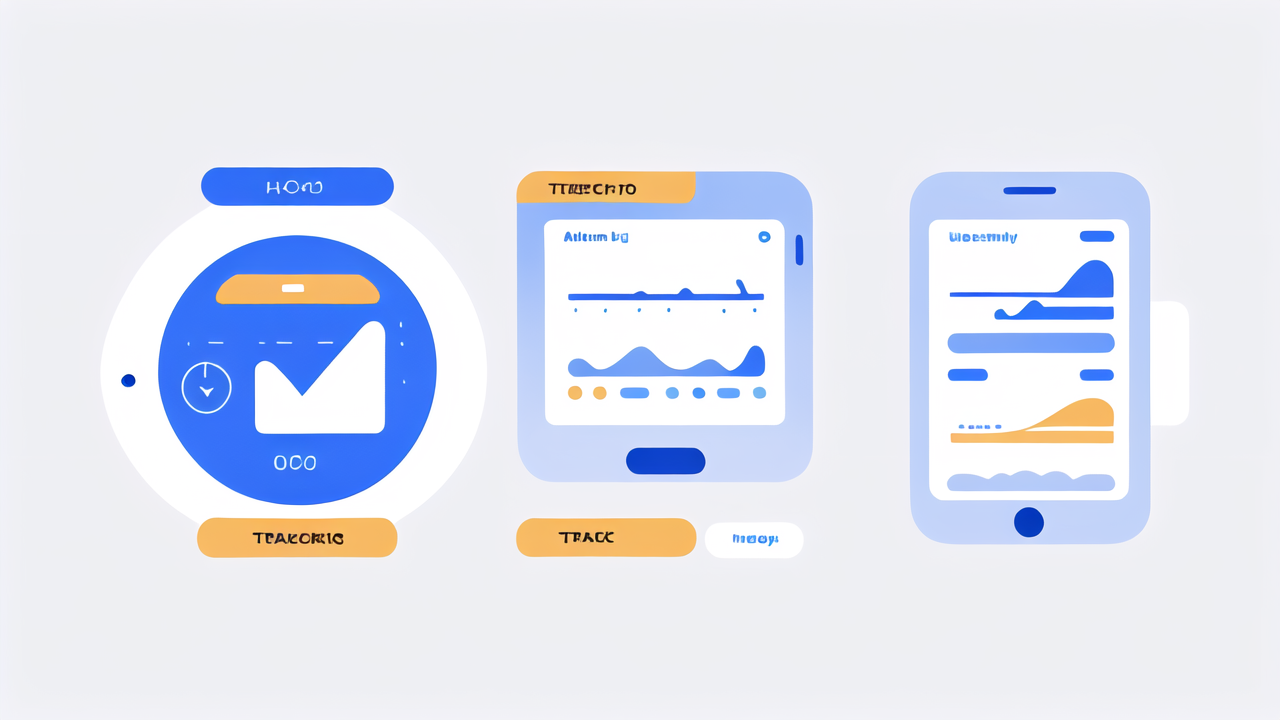Understanding the Evolution of Fitness Wearables
The Rise of Smart Wearables in the Health and Wellness Industry
Smart wearables have become a game-changer in the health and wellness industry. These devices have evolved from simple step counters to sophisticated health monitors. They now track various aspects of our daily lives, from sleep patterns to heart rates. The market for these gadgets has grown rapidly, with more people embracing them for personal health management.

Fitness trackers have become more than just accessories. They are now essential tools for many health-conscious individuals. These devices offer real-time data on physical activity, helping users make informed decisions about their health. The integration of smart wearables with smartphones has made health tracking more accessible and user-friendly.
Key Technologies Driving the Next Generation of Fitness Trackers
The next generation of fitness trackers is powered by cutting-edge technologies. These include:
- Advanced sensors
- Machine learning algorithms
- Improved battery life
- Miniaturization of components
These technologies enable more accurate and diverse health measurements. For instance, some trackers can now measure blood oxygen levels and skin temperature. The use of AI and machine learning allows for more personalized health insights and recommendations.
Improved battery life means users can wear these devices for longer periods without charging. This allows for continuous monitoring and more comprehensive data collection. The miniaturization of components has led to sleeker, more comfortable designs, making the devices more appealing to users.
Essential Features of Advanced Body Measurement Trackers
Integrating Artificial Intelligence for Personalized Coaching
Artificial Intelligence (AI) is revolutionizing the way fitness trackers provide personalized coaching. These smart devices now offer tailored advice based on individual user data. AI algorithms analyze patterns in activity, sleep, and other health metrics to provide customized recommendations.

For example, an AI-powered tracker might suggest adjusting your sleep schedule based on your activity levels. It could also recommend specific exercises to improve your overall fitness. This personalized approach makes fitness tracking more effective and engaging for users.
AI also enables these devices to learn and adapt to user preferences over time. This means the advice and insights become more accurate and relevant as you use the device. The integration of AI transforms these trackers from simple data collectors to intelligent fitness companions.
Sensors and Metrics: Capturing More than Just Steps
Modern fitness trackers have evolved to capture a wide range of health metrics. These devices now go far beyond counting steps. They can monitor:
- Heart rate variability
- Sleep quality
- Stress levels
- Body composition
- Blood oxygen saturation
Advanced sensors in these devices can detect minute changes in the body. This allows for more comprehensive health monitoring. For instance, some trackers can now detect early signs of conditions like atrial fibrillation.
These devices also measure metrics that were once only available in clinical settings. For example, some can estimate VO2 max, a key indicator of cardiovascular fitness. By providing such detailed data, these trackers empower users to take a more proactive approach to their health.
The Impact of Regulation and Health Standards in Fitness Wearables
Compliance with FDA Regulations for Wearable Fitness Devices
The growing capabilities of fitness wearables have attracted attention from regulatory bodies. The FDA has started to take a closer look at these devices, especially those that claim medical benefits. This scrutiny is necessary to ensure the safety and effectiveness of these products.

FDA regulations for wearable fitness devices focus on several key areas:
- Accuracy of measurements
- Data privacy and security
- Marketing claims
- Potential risks to users
Compliance with these regulations is crucial for companies in the wearable tech industry. It helps to build trust with consumers and healthcare professionals. Many companies are now working closely with the FDA to ensure their devices meet the required standards.
The regulatory landscape for fitness wearables is still evolving. As these devices become more advanced, we can expect more specific guidelines from the FDA. This will help to ensure that these devices provide reliable health information to users.
The Role of Clinical Validation in Fitness Wearable Accuracy
Clinical validation plays a crucial role in ensuring the accuracy of fitness wearables. This process involves testing the devices in controlled settings against medical-grade equipment. It helps to verify that the measurements provided by these devices are reliable and consistent.
Many leading fitness wearable companies are now conducting clinical studies to validate their devices. These studies often involve:
- Comparing device readings with gold standard medical equipment
- Testing the devices on diverse populations
- Assessing the accuracy of various health metrics
- Evaluating the device's performance in different conditions
Clinical validation is becoming increasingly important as these devices offer more advanced health metrics. For instance, if a device claims to detect heart rhythm abnormalities, it needs to be as accurate as possible. Inaccurate readings could lead to unnecessary anxiety or missed diagnoses.
The results of these clinical validations are often published in peer-reviewed journals. This transparency helps to build trust in the technology. It also allows healthcare professionals to make informed decisions about recommending these devices to patients.
As fitness wearables continue to evolve, clinical validation will remain a key factor in their development. It ensures that these devices not only offer convenient health tracking but also provide reliable data that can be used to improve overall health and wellness.




Leave a comment
This site is protected by hCaptcha and the hCaptcha Privacy Policy and Terms of Service apply.